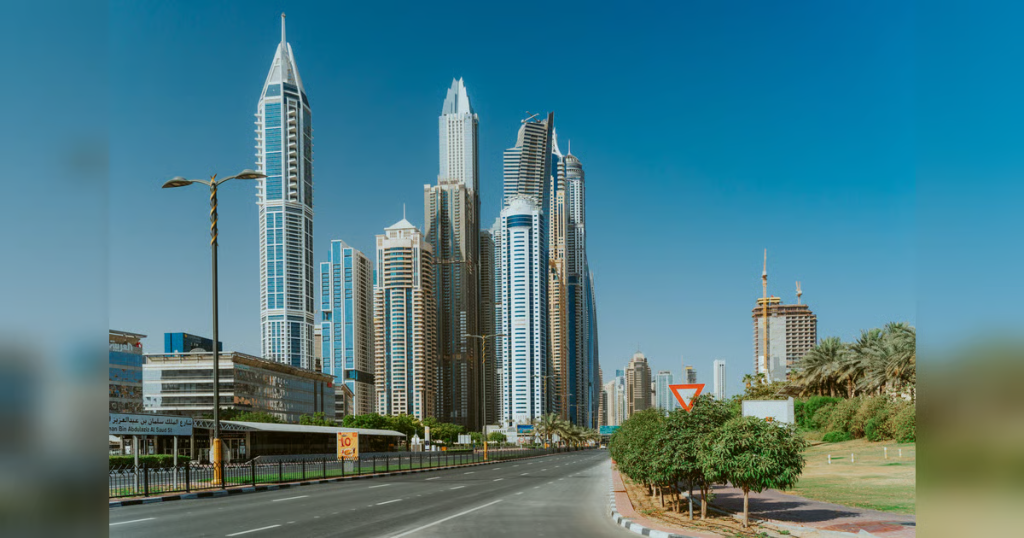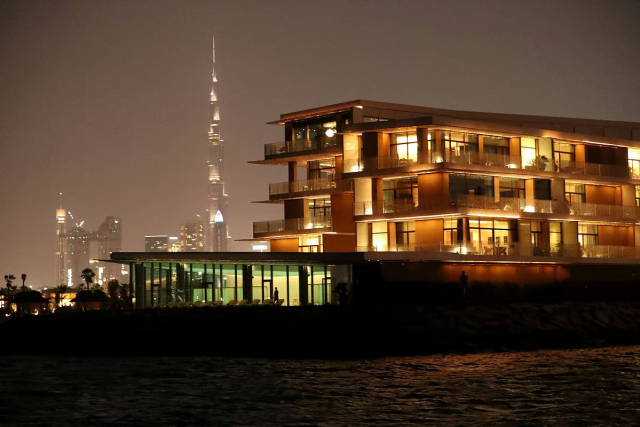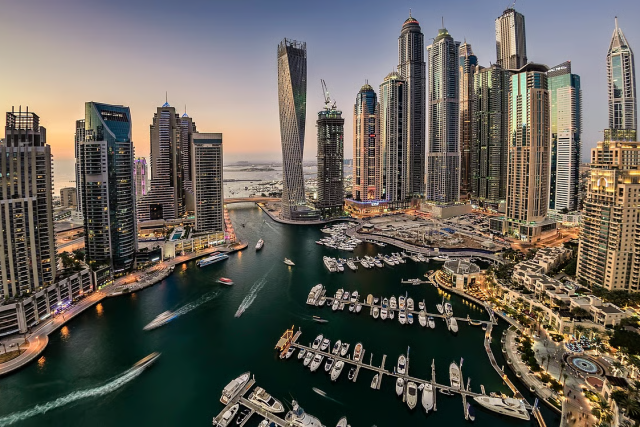
Dubai’s property market is rewriting the rule‑book. Traditionally, the summer months bring a slowdown—less new business, fewer launches, many buyers on holiday or waiting until the autumn. But in the third quarter of 2025, the city’s real‑estate sector surged ahead, posting stellar numbers in both residential and commercial segments. The results underline a maturing, resilient market with structural demand and confidence rather than just cyclical ups and downs.
A strong quarter in summary
According to a report from Engel & Völkers Middle East, residential sales in Q3 2025 rose by 22.7 % year‑on‑year, while commercial transaction values jumped by 31 %. A deeper dive into the numbers shows that off‑plan residential properties dominated activity (nearly 70 % of transactions) and apartments led the residential sector. On the commercial side, offices, retail, land and buildings all posted double‑digit growth.
Moreover, the larger context is equally remarkable. The market recorded some of its highest ever volumes and values for a Q3, pushing first‑nine‑months totals close to half a trillion dirhams.
What’s driving the momentum?

Several factors combine to explain why Dubai is bucking the usual seasonal lull:
1. Robust investor + end‑user demand
Dubai’s population is growing, and many buyers are treating the city as a long‑term base, not just a short‑term flip. According to Engel & Völkers, “we’re seeing not just speculative investment but a long‑term commitment from people who view Dubai as home—a place to build their lives, careers, and legacies.” Rising rents and a shift from renting to ownership among those settled in the UAE are helping underpin that trend.
2. Off‑plan dominating the cycle
Off‑plan (pre‑construction) sales are making up a large share of transactions. Around 70 % of residential deals in Q3 were off‑plan. This allows developers to offer attractive payment plans, launch incentives, early‑bird pricing, and thereby stimulate interest even in what would otherwise be a slower period.
3. Commercial real‑estate strength
While many markets rely heavily on residential property, Dubai’s commercial property segment is showing real dynamism: offices saw ~45 % growth, retail ~37 %, land ~36.8 %. The fact that investors are active in a variety of asset classes helps support the overall ecosystem.
4. Supply / demand fundamentals & infrastructure tailwinds

Dubai has a strong macro backdrop: favourable regulation, visa programmes, continued infrastructure investment, and an increasing population base. These help build confidence and give buyers and investors a reason to commit. As the article notes, the market has “reached a new level of maturity.”
Segments and highlights
Some of the standout items from Q3:
- Residential: Apartments were dominant, representing 87 % of the total residential sales volume.
- Luxury: In Q3, 1,388 deals above AED 10 million were recorded—a second‑highest quarter on record.
- Commercial transactions: 3,418 deals worth AED 30.4 billion in the quarter—up 31 % year‑on‑year.
- Offices: A remarkable jump in off‑plan office sales—from just 69 deals in Q3 2024 to 389 in Q3 2025—showing investor appetite for future workspace assets.
What this means for the market
These results suggest that Dubai’s real‑estate market isn’t simply riding a one‑off surge—it may have entered a different phase:
- Seasonal cycles weakening: The fact that sales remain strong through the summer, traditionally a quiet period, suggests the seasonal bias is fading. Markets like Dubai may move toward a 12‑month rhythm of sustained activity.
- Investor mindset shifting: Purchasers are increasingly treating assets as long‑term plays rather than quick turnover buys. That tends to smooth volatility and encourages price stability.
- Balance between ready and off‑plan: With off‑plan dominant, developers who offer compelling payment plans and address real end‑user demands (not just speculative) will succeed.
- Risk factors remain: Even a strong market has to watch supply pipelines, global macro uncertainty, interest‑rate moves and potential for price correction. Some commentators have flagged the growing supply of units over the next couple of years.
What to watch ahead

If you’re an investor, buyer, or developer with interest in Dubai property, consider these themes:
- Location and quality matter: The premium end and well‑located new communities continue to lead.
- Payment terms and off‑plan incentives: These matter more now than ever in attracting interest.
- Interest rates & global economy: While Dubai is somewhat insulated, higher global rates or tighter credit can dampen demand.
- Supply pipeline: With many units scheduled for completion in the near future, watch how handovers and resale markets behave.
- Regulatory and visa changes: Dubai’s attractiveness depends partly on the broader ecosystem of living, work, lifestyle and investor‑friendly policies.
- Market segmentation: Apartments (especially mid‑market) seem more buoyant than some villa segments. Investors may look for value in that differentiation.
Final thoughts
The Q3 2025 performance of Dubai’s real‑estate market speaks to more than just a temporary uptick—it suggests structural change. When a market can defy a traditional lull period and still post high growth across multiple segments, it points to underlying strength. Dubai is leveraging investor confidence, demographic trends, off‑plan vitality and commercial sector growth to build a real‑estate story that goes beyond mere boom‑and‑bust.
For buyers and investors, the era of simply timing the market may be giving way to positioning for the long‑term. For developers, execution, location, brand and payment flexibility are more critical than ever. And for watchers of global real‑estate flows, Dubai stands out once again as a city that isn’t just reactive—but increasingly proactive.





Leave a Reply